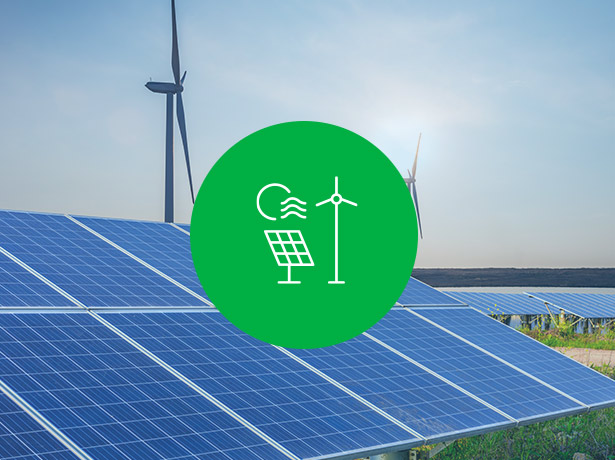It is no secret that energy is closely linked with climate change. Approximately 60% of our electricity comes from burning fossil fuels which generate the second largest share of greenhouse gas emissions (GHGs). The UN noted that these GHGs need to be reduced by almost half by 2030 to avoid the worst impacts of climate change.
In order to reduce these harmful emissions and the carbon intensity of the products we produce, Kingspan is increasing the direct use of renewable energy. The transition to renewable energy is a key area of focus in our Planet Passionate program which includes targets of having all our manufacturing sites powered by 60% direct renewable energy by 2030 and achieving Net-Zero emissions by 2030. To hit these targets and decarbonize the manufacturing process, Kingspan is replacing fossil fuels with clean, renewable energy sources like Renewable Natural Gas or RNG.
In June 2018 Kingspan began partnering with Bullfrog Power, Canada’s leading green energy provider, to utilize the company’s green natural gas to help power all of our business entities in North America.
Biogas is a green natural gas which harnesses energy from organic waste that is already part of the carbon cycle. Meaning, it releases only the carbon dioxide that the organic waste would have produced naturally and doesn’t add net new carbon dioxide to the atmosphere. The biogas used to produce green natural gas comes from a variety of sources, including landfills and wastewater treatment plants. The energy-rich gas emitted from these sources is captured by Bullfrog and delivered to companies like Kingspan via a natural gas pipeline system.
“Kingspan Insulated Panels North America has made an important contribution to Canada’s renewable energy transition. By choosing Bullfrog Power’s green natural gas since 2015 as part of their Planet Passionate sustainability program, Kingspan has prevented potent greenhouse gases from escaping into the atmosphere at landfills and wastewater treatment plants,” said Suha Jethalal, President, Bullfrog Power. “At Bullfrog, we hope to aid in Kingspan’s decarbonization efforts around scope 2 emissions by providing renewable electricity that measures up to their strict quality criteria.”
The process of capturing methane from organic waste to produce biogas results in a reduction of harmful methane emissions. Methane is a powerful greenhouse gas, which over a 20-year period, has 80 times the warming power of carbon dioxide. According to a UN report, “methane has accounted for roughly 30% of global warming since pre-industrial times and is proliferating faster than at any other time since record keeping began in the 1980s.”
Kingspan is continuing to increase our use of direct renewable energy sources such as biogas, wind and solar to significantly reduce climate damaging emissions while powering the manufacturing process. In North America, 100% of electricity at our Columbus, Ohio manufacturing facility is direct renewable wind energy and rooftop solar is now generating 65% of all energy at our Modesto, California plant.
Our most recent Planet Passionate Report revealed that we increased the use of direct renewable energy from 19.5% to 26.1%, in 2021 and increased the percentage of wholly owned facilities with solar PV from 21.7% to 28.4% that same year. The report shows that the use of direct renewable energy is working to reduce our carbon footprint. Last year Kingspan achieved a 4.3% reduction in scope 1 and 2 GHG emissions and a 29% reduction in carbon intensity.
Our strong commitment to using climate positive direct renewable energy sources like biogas, wind and solar remains a critical part of our strategy to achieve meaningful decarbonization in our operations and in the insulated metal panels we produce.


